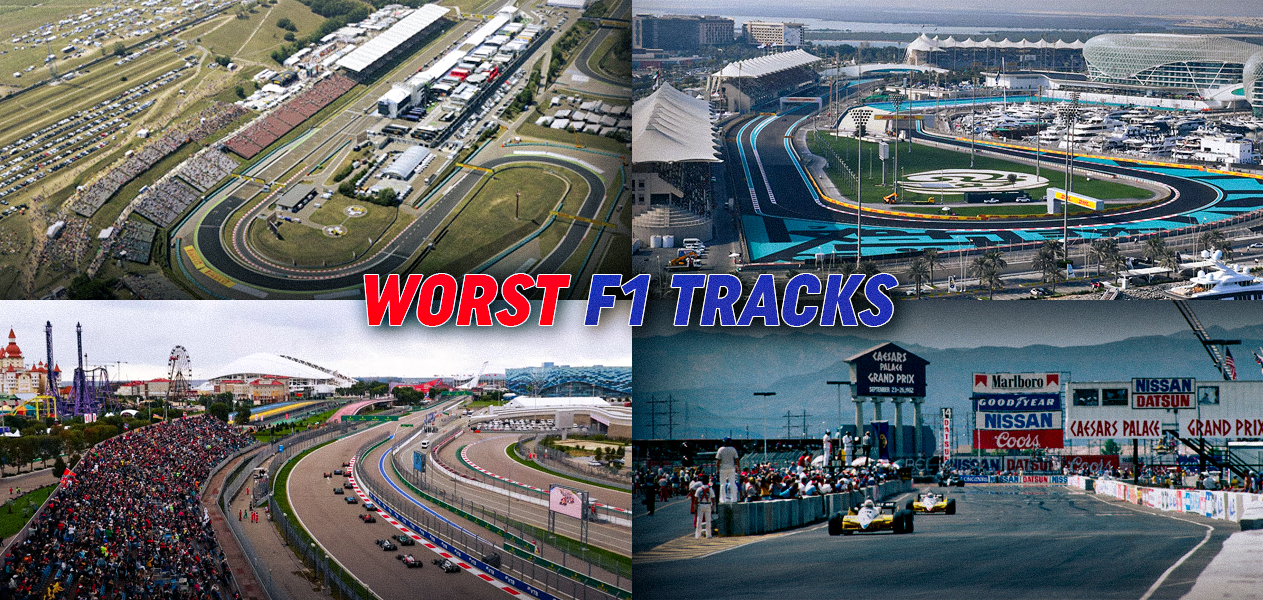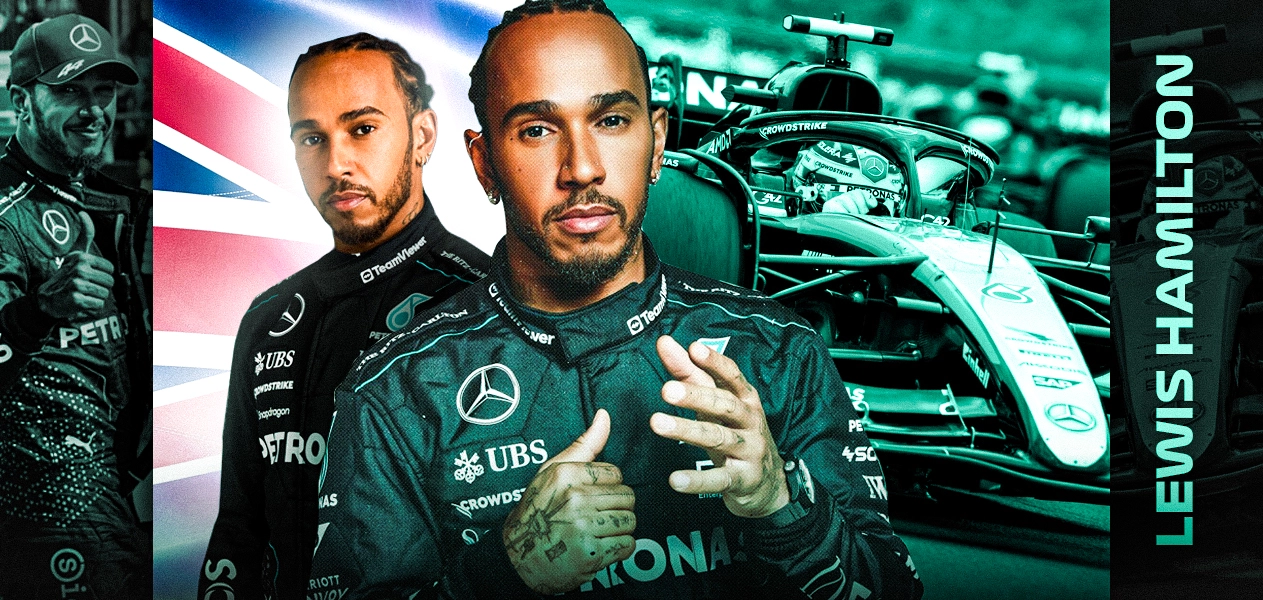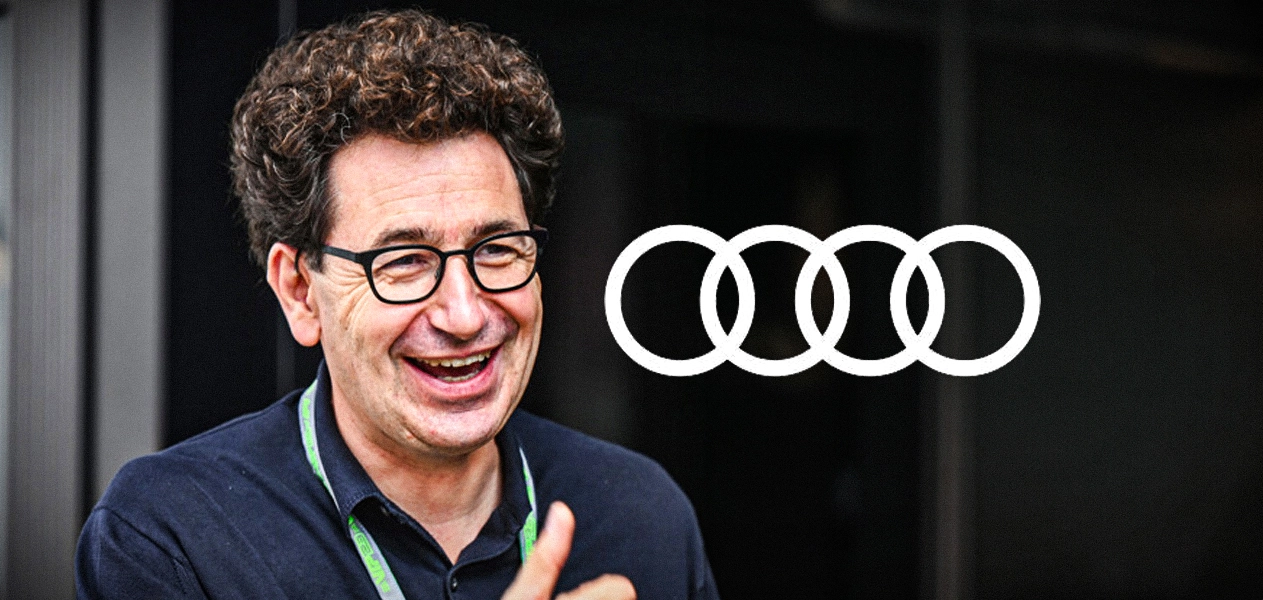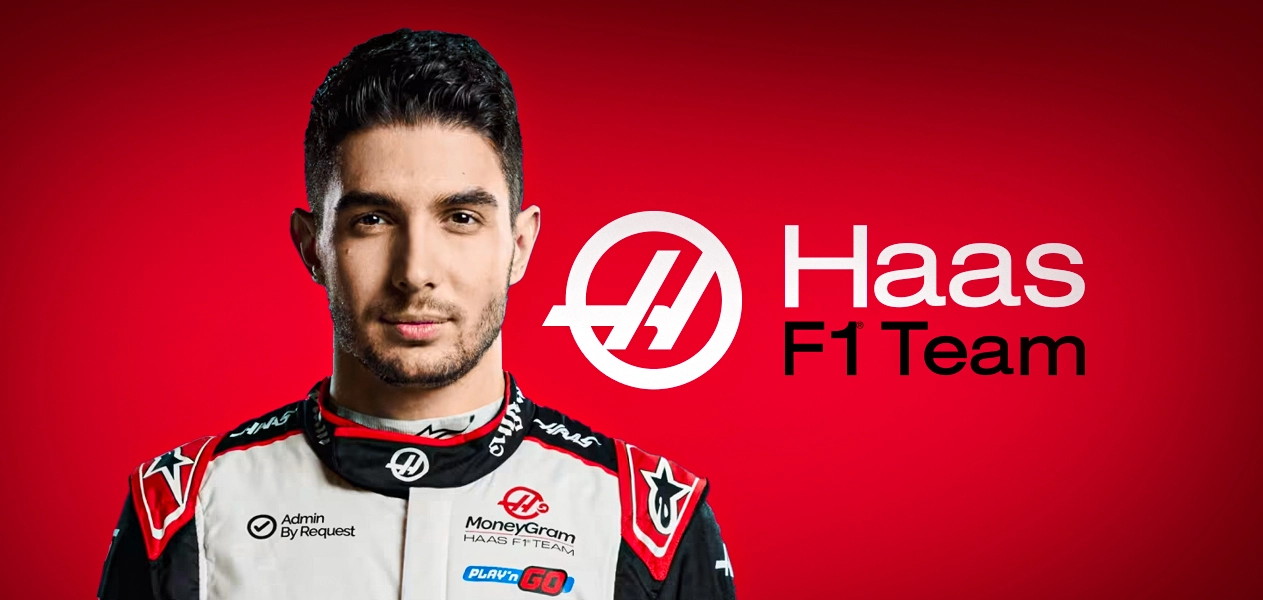Formula One, in its glorious past, has visited some breathtaking race tracks like Spa and Suzuka, but also some horribly-designed layouts like Yas Marina and Sochi.
Since the first Formula One World Championship race, the 1950 British Grand Prix, a total of 77 tracks have hosted a World Championship race.
Tracks like Monza, Circuit de Monaco, Spa-Francorchamps, and Silverstone stand out as the crown jewels that have survived the brunt of time, producing racing spectacles even in the modern hybrid generation.
On the other hand, in recent seasons, tracks like Nürburgring, Hockenheim, and Istanbul Park have been forgotten and removed from the F1 calendar, while it was pleasantly welcomed when some hideous layouts like the Valencia Street Circuit, the Pescara Circuit (1957), Zeltweg, and AVUS (1959) were also removed the F1 calendar.
In this article, I present to you my 10 worst Formula One race tracks of all time.
Also Read: The 10 greatest Formula One tracks of all time
#10 Circuit Paul Ricard, France
Opened on 19 April 1970, this circuit’s innovative facilities and layout made it one of the safest racing circuits in the world at the time. It had three track layout permutations, a large industrial park, and an airstrip. The combination of modern facilities, mild winter weather, and an airstrip made the track popular amongst racing teams for car testing during the annual winter off-season.
The Circuit Paul Ricard has previously hosted the French Grand Prix intermittently from 1971 to 1983, and every year from 1985 to 1990. While it did produce decent races, with time, it became more of a test track before the final race was run in 1990 as the French GP moved to Magny-Cours.
During the 1990s, the Paul Ricard circuit was limited to motorcycle racing and French national racing, most notably until 1999.
After Ricard’s death, the track was sold to Excelis, a company owned by F1 promoter Bernie Ecclestone, in 1999. It was rebuilt into an advanced test track and was for a time known as the Paul Ricard High Tech Test Track (Paul Ricard HTTT) before having its name changed back to “Circuit Paul Ricard”.
This is where the problem lies: the present-day Circuit Paul Ricard is not even a racing circuit. It is characterised by its long Mistral straight and elongated track design. It is unusually flat, having been built on a plateau, and offers 167 possible configurations: from a 0.83km track to the full 5.86km one.
#9 Jeddah, Saudi Arabia
The Jeddah Corniche Circuit is a 6.17km-long modern day street-circuit built in the Red Sea port city of Jeddah in Saudi Arabia. It staged the inaugural Saudi Arabian Grand Prix on December 5, 2021, as the penultimate race on the 2021 F1 season. Since then, it has been hosting the second Grand Prix of the season after the Bahrain race.
Designed by Carsten Tilke, son of legendary architect Hermann Tilke, the Jeddah circuit is unbelievably fast according to many drivers. However, in terms of wheel-to-wheel racing and overtaking, to say it has under-delivered so far would be an understatement.
Apart from questionable officiating, ill-conceived race craft, and red flag-provoking crashes, the Saudi Arabia GP has barely produced any moment of significance as of yet. When you take a look at the track layout, besides Turn 1 and the entry point to Turn 27, there aren’t any overtaking spots for drivers to exploit.
More importantly, the damning record of human rights in the country and a missile attack on a nearby Aramco oil refinery on one of the weekends suggest F1 could do well without such a controversial event in its calendar.
#8 Hungaroring, Hungary
The 4.38km-long Hungaroring is located in Mogyoród near Budapest, Hungary. A major coup by Bernie Ecclestone, the 1986 Hungarian Grand Prix was the first F1 race to take place behind the Iron Curtain and has been a mainstay in the Formula One calendar ever since.
But the track is not suited to produce great racing. Due to the nature of the track, which is narrow and twisty with short-straights and often dusty because of under-use, the races look more like a procession, with drivers closely following one another but unable to pass.
The rundown to Turn 1 doesn’t give the drivers straight-line speed to make a pass. However, with the help of DRS (Drag Reduction System), Turn 3 has become one of the preferred overtaking destinations for drivers in recent years. Turn 12 is another hard-braking zone that produces overtaking moves, but that is a rarity with modern F1 cars.
A prime example of this can be the 2021 Hungaroring GP: after the first-lap wreckage and the bizarre restart, Lewis Hamilton’s was the only car left on intermediate tyres, while the rest of the grid scurried to the pitlane for dry compound tyres. Esteban Ocon emerged in the lead followed by Sebastian Vettel and Nicholas Latifi. Hamilton pitted the following lap—with everyone on dry tyres—and dropped to last—that’s how bizarre things got.
Ocon, in a much inferior Alpine, held off a charging and much faster Vettel (last disqualified for fuel-flow infringement) for the whole race. Hamilton, who had the fastest car on track, could only manage third place, with two-time World Champion Fernando Alonso holding him off for nearly five laps, denting his charge to the front.
#7 Korea International Circuit, South Korea
On October 2, 2006, it was confirmed that the Korean Grand Prix would take place in 2010, hosted by the Korean International Circuit in Yeongam. The deal was for seven years, with a five-year option that would allow the race to be held until 2021.
However, except for the facilities, the whole event was a flop. The layout of the track promised a lot, but when it arrived, the F1 racing was rather stalled. The run-up to Turns 1 and 3 offered overtaking possibilities, but the tricky nature of Sectors 2 and 3 coupled with medium-high speed corners meant overtaking in those parts of the track was off-limits.
The pitlane area, too, was dangerous in the sense that if drivers were too aggressive while entering the pits, there was very little grip and run-off area in case of an error in judgement, while coming out of the pits, if the drivers were slow, then there was every possibility of getting shunted from behind.
In all, the Korean International Circuit hosted four Grands Prix, three of which were won and dominated by Red Bull’s Sebastian Vettel. Racing never improved, however, with Formula One cars becoming more aero-dependent with every passing season.
By the end of 2011, the organisers were publicly stating their dissatisfaction with Formula One management with regards to the terms of the contract, particularly the cost of race-sanctioning fees.
After the 2012 Australian Grand Prix, organisers of the race in South Korea announced that they had reached a new deal with Formula One management that would save roughly US$20.5 million in costs. Kang Hyo-Seok, director of race organisation for the Korean Grand Prix, admitted that the race was still “too expensive” for South Korea, anticipating an estimated loss of US$26 million in 2012. The race went ahead in 2013, but that was the final straw as the organisers didn’t want to be part of such an expensive event any longer.
#6 Detroit, USA
The original Detroit circuit had seventeen corners spread over 4.01 km, including two very tricky hairpins and a tunnel that enclosed a gentle right-hand bend next to the river.
The track proved to be even slower than Monaco, its rough, demanding course even including a railroad track crossing.
Detroit got off to a bad start in 1982 due to organisational problems. The race soon gained a reputation for being horrendously demanding and gruelling, with the very bumpy track often breaking up badly under the constantly hot and very humid weather.
The Detroit track was perhaps the single hardest race in Formula One during the 1980s. It often produced races of attrition, and the narrow track would often result in a large number of cars retiring during the race due to mechanical breakage or contact with the concrete walls.
In 1982 and 1983, races were held in early June, but from 1984 to 1988, races were held in late June, when the temperature difference would become considerable in Detroit for a two-week timeframe. At least half of the field used to retire in each race; it was often considered an achievement if a driver could finish his race, let alone win it.
The 1988 race was a very hot one, and the circuit broke up very badly. It was the worst state the circuit had ever been in, even worse than 1984 and 1985. Such track problems often occurred, but the track disintegration was worse that year due to the intense heat and humidity. The race had always been the hardest race of any year, terribly harsh on both the cars and the drivers, but by this point it had worn out its welcome and had become downright unpleasant.
Detroit was removed from the Formula One schedule after 1988, after F1’s governing body FISA declared the temporary pit area not up to the required standard. FISA and FOCA wanted a permanent pits facility, but the City of Detroit was willing to neither spend the money to build such facilities nor improve the standard of the asphalt used.
#5 Yas Marina, UAE
Another Hermann Tilke-designed track to feature in my list is the Yas Marina circuit of Abu Dhabi. After making its debut in the 2009 season, the UAE event was made the showdown event from the 2010 season onwards.
However, the track has failed to live up to its world-class facilities. The layout is a slog-fest, making overtaking extremely difficult if there isn’t too much of a difference between any given two cars. In 2010, case in point, Vitaly Petrov—in a much inferior car—held off a charging Fernando Alonso for the entire race, thereby ending the Spaniard’s hopes of a third world title.
Similarly, during the 2016 season finale, Lewis Hamilton bunched up the pack while leading the race in a bid to allow the Ferrari cars to overtake his teammate and championship rival, Nico Rosberg. But the German fended off The Prancing Horses and claimed his maiden World Championship title anyway.
In recent seasons, the Yas Marina circuit has received heavy criticism from certain sections of observers, with drivers like Daniel Ricciardo voicing their support for track changes. Subsequently, for the 2021 Abu Dhabi Grand Prix, Turns 5, 6, and 7 were re-profiled to one swooping left-hander as Turn 5.
#4 Sochi Autodrom, Russia
In 2010, it was announced that the Formula One circus would visit Russia from the 2014 season onwards. It was announced that Sochi, which was also preparing to host the 2014 Winter Olympics, would host a new event on the F1 calendar as per a seven-year agreement.
The Russian Grand Prix holds the record for only ever being won by Mercedes in the ten years of the race’s establishment (Benz won the 1913 and 1914 Russian GPs).
There were suspicions over the possibility of the track being blunt and lacking overtaking opportunities before the inaugural 2014 race. However, post the 2014 Russian GP, it became evident that this Hermann Tilke track was an absolute disaster; apart from the long run down to Turn 1 and the long Turn 3 left-hander that would make the front-right tyres scream, it was pretty dull.
The Russian GP was scrapped in 2022 in the wake of the country’s invasion of Ukraine. The race remains scrapped as part of the many sanctions imposed upon the Russian Federation.
#3 Valencia, Spain
Valencia is home to one of the world’s best-racing facilities in Circuit Ricardo Tormo, also known as Circuit de Valencia. The circuit plays host to almost every form of racing—from motorcycles to open-wheel racing.
However, the organisers for the Formula One event had other ideas.
The European Grand Prix has been an honorific event over the years, with Formula One having introduced it for the first time in 1923, with Monza hosting the 1923 European Grand Prix and Silverstone hosting the 1977 edition before a 16-year break.
Since 1993, as part of the European Grand Prix circus, circuits like Nürburgring (12), Brands Hatch (2), Donington Park (1), and Circuito de Jerez (2) have had the honour of hosting the prestigious event—with Nürburgring hosting its last race in 2007. From there, the anchor dropped at the Valencian port for the European Grand Prix from 2008 to 2012.
The Valencia Street Circuit, also designed by Hermann Tilke, was a complete disaster of a race track. It used the roads skirting the city’s harbour and America’s Cup port area, including a section over a 140m-long swing bridge. The circuit lacked altitude variation, and its tight and twisty nature meant overtaking was mostly off the cards.
The inaugural edition in 2008 saw Ferrari’s Felipe Massa win the European GP from pole position, producing just five overtakes in the entire race. The 2009 race was a more bizarre one but for all the wrong reasons, as the two Brawn GPs ran off into the distance while the race itself produced zero overtakes, a record in Formula One history.
The introduction of DRS in 2011 somewhat improved racing standards, producing 27 passes, which was a big positive compared to the 2009 and 2010 horror showings. The 2012 edition also produced a good race.
Despite the improvements, however, in March 2012, it was announced that the European GP would be discontinued, with the Spanish GP planned to alternate between Barcelona and Valencia. However, Barcelona has retained the race since 2013, and the Valencia Street Circuit was removed from the calendar and later abandoned altogether.
#2 Dallas, USA
The US state of Texas was looking to demonstrate Dallas as a world-class city to the world, so the Texan authorities thought of bringing the Formula One circus to the state. The 1984 Dallas Grand Prix was the first and only race to be held as a Formula One event, and there are more than enough reasons why there was just one.
Firstly, the weather was extremely challenging and daunting for the drivers. Secondly, the layout of the track was atrocious and offered little viewing experience to the spectators unless someone owned a flat in one of the tall skyscrapers near the circuit. Finally, track disintegration was a serious problem in the lead-up to the start of the race on Sunday.
During the 1984 Dallas GP, held in the searing heat of Texas with 38°C air temperature, the track was beginning to melt and the tarmac broke up in several sections of the track. However, 30 minutes before the scheduled race start, the track was resurfaced, which is an anomaly and drivers often boycott such circumstances. Regardless, the race went ahead and was one to forget for many.
The 1982 World Champion, Keke Rosberg, won his only Grand Prix of the 1984 season at the Dallas circuit, which was a dull, processional affair, with either cars or drivers—or both—breaking down. Nigel Mansell, who was the pole-sitter and was running second until the very last moment when his gearbox failed, got out of his car to push it past the dotted line, but the Englishman collapsed from exhaustion before he could reach the line.
Formula One returned to Texas after a 28-year break with the Circuit of the Americas in Austin, which hosted the United States Grand Prix for the first time in 2012.
#1 Caesars Palace, Las Vegas
The Caesars Palace circuit was one bizarre racing venue. Set up in the parking lot behind the famous casino it took its name from, the track hosted two Formula One World Championship Grands Prix in 1981 and 1982 before getting removed due to its undulating and processional nature. The original track layout was shaped like a giant “E”, ostensibly to put the maximum track length into a tiny plot of land.
There is no way to sugarcoat it, so I’ll just dive in: if you get lost, look at the map, and think about the poor drivers. Every corner on the track had basically the same radius, differing only in the arc.
The pit straight was about 0.5km long. Turn 1 was an increasing radius left of almost 180°. After a short straight, Turn 2 was a 45° left kink. Another short straight (there were a lot of these) led to Turn 3, an almost 180° right. Then another straight, then Turn 4, a 60° right kink. After the next short straight, Turns 5 and 6 made up a double-apex left, adding up to more than 180°. Turn 7 was the inevitable kink, going 45° left, then Turn 8 was the second 180° right. Turn 9 was the final right turn of the circuit, bending almost 90°. The “infield” section ended at Turn 10, a tighter 150° left. Turns 11, 12, and 13 were all left kinks of roughly 45°, sweeping around the infield and leading onto the back straight, which was not quite as long as the front straight and led to the final bend, Turn 14. This was about 100° to the left.
The pits were outside the track due to a lack of unused space in the infield. The pit-in was just after Turn 13, and the pit lane looped way around Turn 14 to allow sufficient runoff. Elevation change was measured in centimetres, and any spectators sitting in the midpoint of the pit straight would notice that the five kinks labelled Turns 2, 4, 7, 9, and 12 were almost in a perfect row, pointing away from the viewer.
The 1981 race was the season finale of the season that year, which saw Nelson Piquet win the first of his three World Championships. The race was won by Alan Jones of Williams, with Renault’s Alain Prost in second and Bruno Giacomelli achieving Alfa Romeo’s only podium finish that season in third.
The second and final Caesars Palace Grand Prix was again the season finale for the 1982 Formula One season. The race was a collection of firsts, as Michele Alboreto won his first Grand Prix driving for Tyrell-Ford, while Keke Rosberg won his first and only Drivers’ World Championship.






Leave a Reply